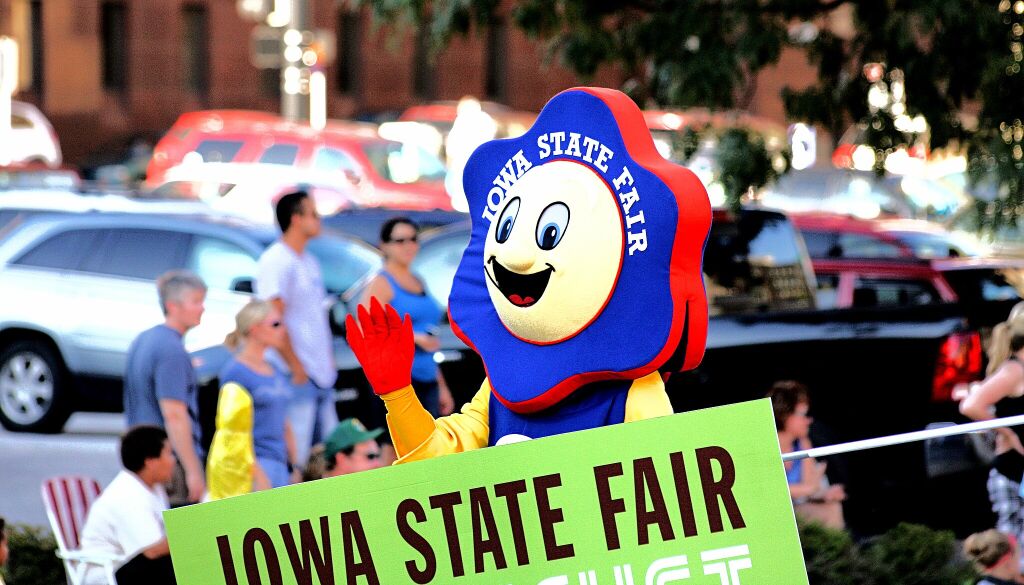Happiness and Literacy: The Dinner-Table Connection
In an interview with The Washington Post’s weekly family section (“The mundane, radical, fun, painful ways we can help our children find happiness” by Deborah Famer Kris, February 2, 2023), Harvard happiness researcher Dr. Robert Waldinger recommended one relatively simple step every family could take to increase family well-being: a shared family dinnertime.
Waldinger’s research, laid out in his new book, The Good Life: Lessons from the World’s Longest Scientific Study of Happiness, “points to the protective power of family rituals and routines.” Kids, his research suggests, “need connection, even when they become teens and appropriately try to pull away.”
“Those routines,” the study shows, “provide a connective tissue that our kids need and crave.” He says that “for most kids, it’s reassuring that structure stays while they’re going through a tumultuous time,” like adolescence. In a week when the CDC reported that teenage girls and teens who identify as LGBQ+ report being sadder than at any time since they began measuring, it’s comforting to think that there’s something we can do at home that might help.
According to Waldinger, research shows that “regular family dinners correlate with higher grade-point averages, greater self-confidence, and lower rates of substance abuse and depression.” The research even suggests that “simply being in the same room together once a day is a ritual that helps family members stay connected.” Of course, not all families have the luxury of sitting down together to eat — due to work schedules, health, or other important factors that can interfere — but at least we can think of shared family mealtimes as something to strive for when circumstances allow.
I wondered whether those benefits of eating dinner together might also extend to better literacy outcomes. I asked Dr. Waldinger, a friend from high school, whether there had been any research showing such a connection, because, when you think about it, dinners together can lead to conversation, vocabulary development (for younger children), or increased critical thinking — especially if families, between their bites and gulps, discuss the news or other topics of the day.
Bob did know someone whose work linked family dinner time and literacy: Anne Fishel, at Massachusetts General Hospital, had started the Family Dinner Project (FDP). She writes: “Parents tend to think that reading aloud to their kids is the best way to build early reading skills and teach new words. We couldn’t agree more that reading aloud to your children is extremely valuable, for those reasons and many others! But in fact, studies show that young children can learn more new words through dinner conversation than they do from hearing stories read aloud.”
At our dinner table, with Dad being a foreign affairs columnist, that conversation contained a lot of words about foreign policy and Middle East peace initiatives or my husband and I arguing over a dangling participle in his next column, but it could also have been about our girls’ favorite books (see Totto-Chan) or the latest Gilmore Girls episode or their losing science fair projects or losing sports team records. But you don’t have to be sitting with Americans or speaking English at the dinner table to see these positive effects: Research across cultures and languages confirms similar positive effects of dinner-table talk on children’s language development whether in Spanish, Norwegian, or Hebrew!
In a 2006 study of preschoolers, Catherine Snow (a member of Planet Word’s Advisory Board) and Diane E. Beals found that dinner table talk resulted in children’s exposure to lots of literacy-boosting skills, including more sophisticated vocabulary, what the researchers called “rare words” (words that don’t appear on a widely-used list of the 3,000 Most Common Words). Here’s an example from one of the dinnertime dialogues they recorded:
EMILY: “Me need butter on this!”
FATHER: “Yes, you do need butter on that corn.”
MOTHER: “Yeah here’s the butter you twirl it over the top of the big cube of butter.”
Now, that lucky Emily will know “twirl” when she roasts her first s’more or “cube” when she builds her first miniature igloo or she studies geometry in 9th grade!
Another finding: increased conversation led to “learning to give explanations and tell stories [and] learning to take turns” — not to mention not talking with your mouth full and saying “please” and “thank you” more often! (New Directions for Child and Adolescent Development, No. 111, Spring 2006, p. 51)
Some ideas from the FDP for dinner-table literacy-boosting activities are here. They print a calendar full of fun dinnertime recipe and conversation. Imagine the delightful table talk your family could have if you invented a dish to go with a favorite story once a month!
Sitting down for dinner together to build family well-being and literacy skills — that’s truly wonderful food for thought! Or, as the Family Dinner Project notes on its website, watch as dining together turns voracious eaters into voracious readers!
— Ann Friedman, founder of Planet Word


